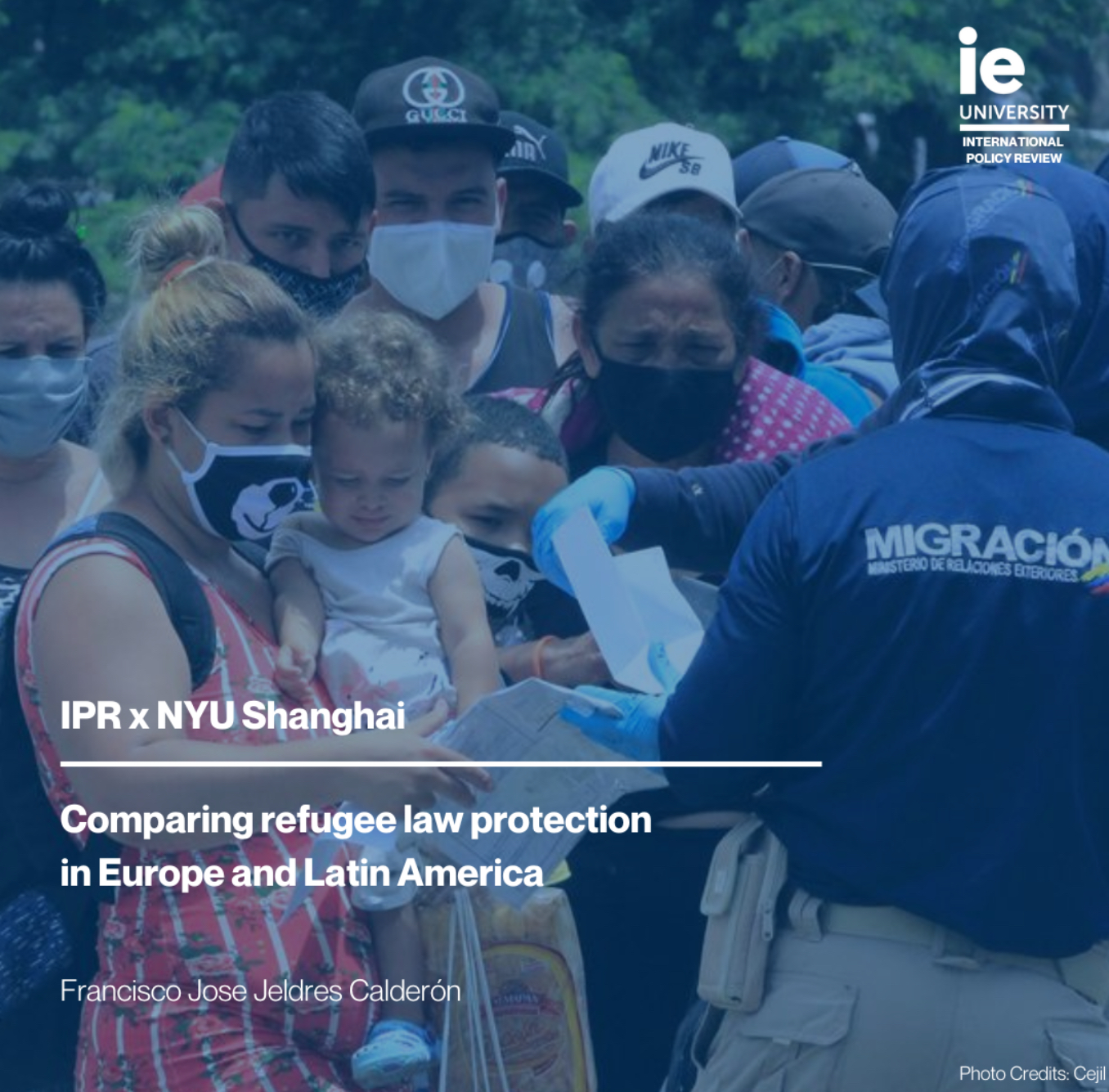
01 Jul Comparing refugee law protection in Europe and Latin America
Francisco Jose Jeldres Calderón
E-mail: fjeldres.ieu2023@student.ie.edu
Abstract
This comparative paper examines the effectiveness of the European Court of Human Rights and the
Inter-American Court of Human Rights in enforcing the core refugee principle of non-refoulement, as defined by the 1951 Geneva Convention. While both courts creatively leverage regional human rights treaties (ECHR, ACHR) and soft law to establish robust legal standards, systemic enforcement gaps persist. States exploit territorial jurisdiction limitations, political resistance, weak compliance mechanisms, and “prefoulment” tactics. This paper concludes that without addressing extraterritorial applicability and strengthening enforcement, both courts remain constrained in safeguarding refugees from refoulement.
READ THE FULL ARTICLE HERE (Page 13-22)
Keywords: Non-refoulement, refugee protection, extraterritoriality, European Court of Human Rights,
Inter-American Court of Human Rights.

Sorry, the comment form is closed at this time.